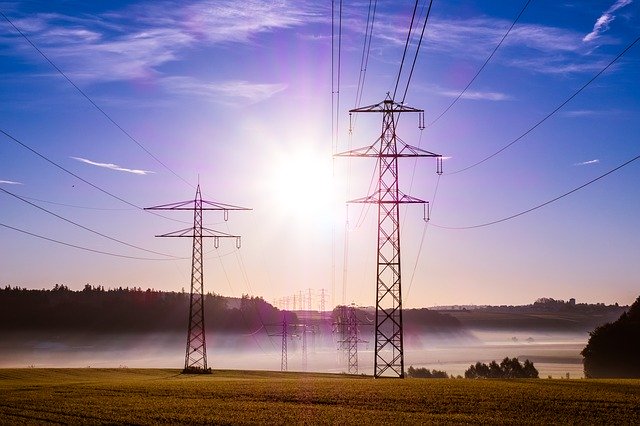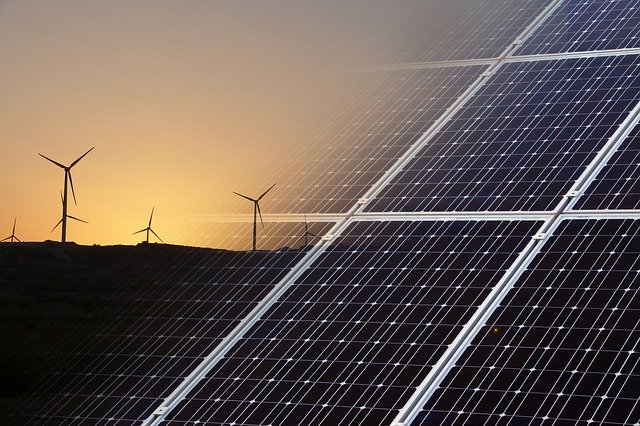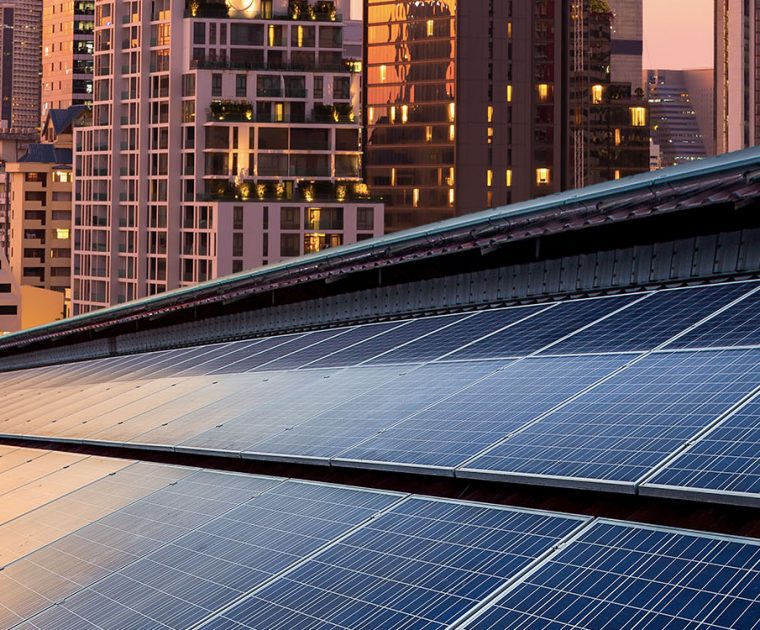Energy provides various options to pay for desired return on investments. Below are a few options that client have utilized to upgrade their infrastructure, while reducing operational expense.
Energy-as-a-Service
Requires zero capital investment. Programs range from seven years to over twenty years. The program is designed to provide a cash advantage from month one. (i.e., calculated savings are $25,000 per month, payment is $19,000 per month, creating a net savings of $6,000 per month with no out of pocket expense.) This program would be considered an operational expense, much like your current utility bill.

Rental Agreement
Rental agreements are generally designed for five-year terms. In this program, you are renting the equipment from a bank, and at the end of the term, the product is sold to the underlying provider and then this provider would sell the product back to you. This would be considered an operational expense.

Power Purchase Agreement
A power purchase agreement (PPA), or electricity power agreement, is a contract between two parties, one which generates electricity (the seller) and another, looking to purchase electricity (the buyer). The PPA defines all of the commercial terms for the sale of electricity between two parties, including when the project will begin commercial operation, schedule for delivery of electricity, penalties for under delivery, payment terms, and termination. A PPA is the principal agreement that defines the revenue and credit quality of a generating project and thus, a key instrument of project finance. While there are many forms of PPAs, in general buyers are asked to sign 20-year agreements for electricity at a reduced rate. The value of a PPA is that the buyer may have little to no out of pocket expense.

Capital Purchase
Paid in equal payments determined by the vendor. Buyers can expect to put 50% down towards the equipment purchase. The remaining 50% due upon project completion. Depending on the size and scope of the project, milestone payments may be required.

Traditional Financing
Payment terms vary, put most preferred vendors have interest rates ranging from 1.9% to 7%, based upon credit and length of term. Municipalities and schools have seen record low rates in 2020.

PACE
Property Assessed Clean Energy Financing (PACE) is focused on energy efficiency upgrades, disaster resiliency improvements, water conservation measures, or renewable energy installations of residential, commercial, and industrial property owners. Depending on state legislation, PACE financing can be used to finance building envelope energy efficiency improvements such as insulation and air sealing, cool roofs, water efficiency products, seismic retrofits, and hurricane preparedness measures. In some states, commercial PACE can also fund a portion of new construction projects, as long as the building owner agrees to build the new structure to exceed local energy codes.
The loans are repaid over the selected term (over the course of somewhere between 5 and 25 years) via an annual assessment on their property tax bill. PACE bonds can be issued by municipal financing districts, state agencies or finance companies and the proceeds can be used to retrofit both commercial and residential properties. One of the most notable characteristics of PACE programs is that the loan is attached to the property rather than an individual.










